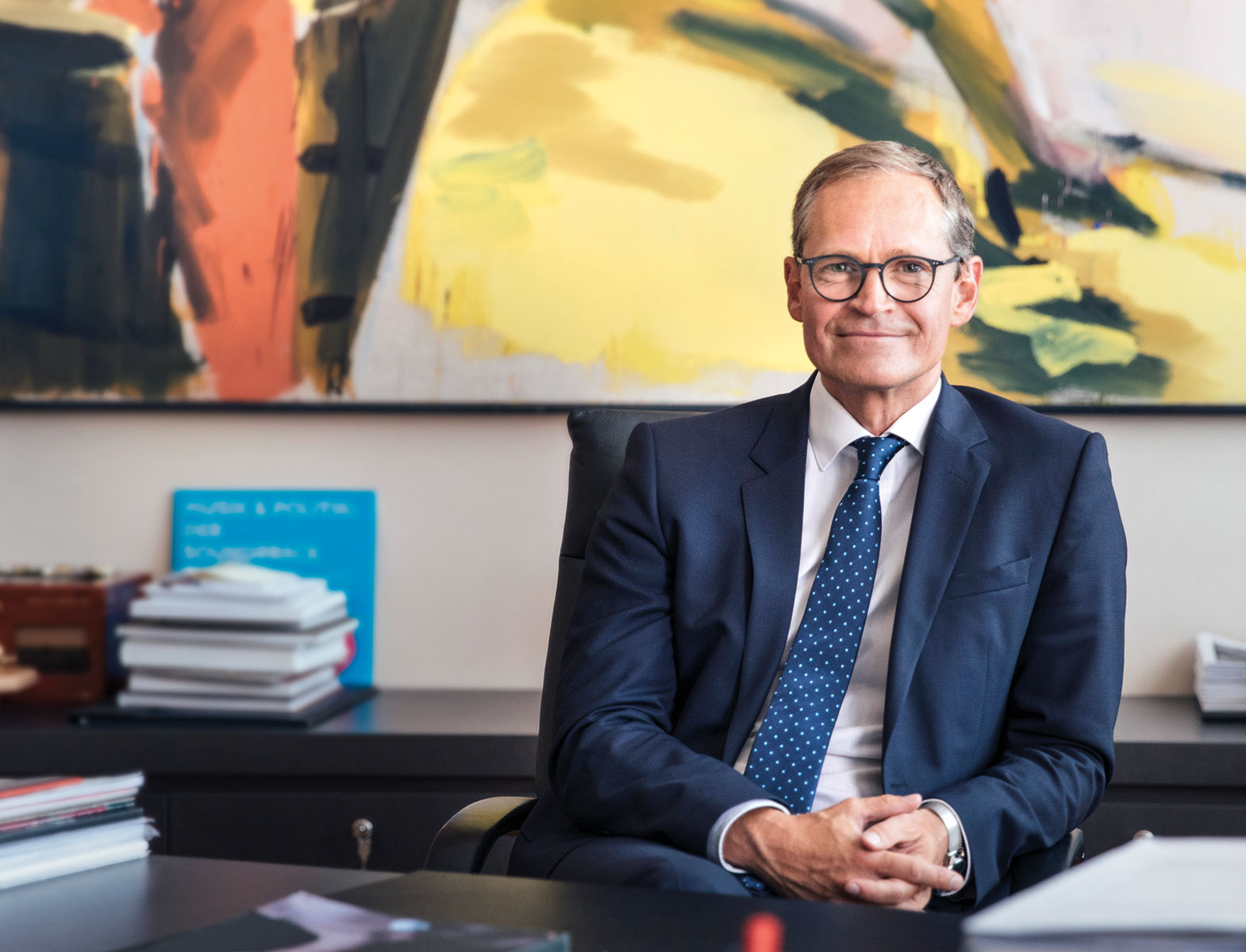How can climate science findings and proposed solutions be utilised more quickly and effectively for political decision-making processes?
In the capital region, we can draw on an incredibly broad range of scientific expertise that is truly unique in Germany. We utilise this potential in many ways for the work of the Senate, which of course also applies to our goal of making Berlin a climate-neutral city. The capital region must see itself as a real-life laboratory for climate protection and for dealing with climate change, from which significant impetus and innovations can be generated. To achieve this, even closer links between science and politics are essential. Together with the President of TU Berlin, I have emphasised this claim in a joint article* for a daily newspaper. I am convinced that the Climate Change Center Berlin Brandenburg can make a significant contribution to this by bundling various competences in our region and becoming an important interface for the concrete concerns and needs of politics – at all levels, from the town halls of the districts to the Senate, for administrations, state-owned companies and many other stakeholders.
What examples of successful implementation of climate protection-related solutions would you cite for the Berlin-Brandenburg region? In which areas is there still room for improvement?
Berlin has reduced its CO2 emissions by 40 per cent since the fall of the Berlin Wall, we are pushing ahead with the coal phase-out and the expansion of renewable energies and are strengthening local public transport. Our energy and climate protection programme with concrete strategies and over 100 measures is helping us to achieve climate neutrality for Berlin by 2050 at the latest. Of course, all of this also has an impact on the entire metropolitan region, just as Brandenburg’s measures have an impact on Berlin. In many areas, such as energy supply and transport, there is a close interdependence between our federal states and, accordingly, ever closer coordination has been taking place for years. However, there is great potential to achieve even more together for climate protection and we must also pull together even more when it comes to measures to deal with the consequences of climate change. These are also key issues in the Berlin-Brandenburg Strategic Framework, which is currently being developed and with which we want to take our cooperation to a new level. From better integration in regional energy supply and the circular economy, to the expansion of public transport infrastructure and a joint timber construction offensive, there are already many concrete ideas that we want to implement in the coming years. This also applies to more co-operation in science and research.
Dear Mr Müller, what is the most striking experience that you personally associate with climate change?
I suppose my first formative impressions are not much different from those of the majority of people in Germany. Images of melting polar ice caps, reports about the growing hole in the ozone layer and, of course, images of the extent of climate change from space all initially shaped our perception. These seem like distant events, but climate change has long since reached us. We are experiencing this more and more clearly when underground railway entrances turn into waterfalls due to heavy rainfall, tropical nights rob us of sleep, animals and plants struggle with persistent drought and falling groundwater levels. Climate protection is one of the greatest challenges facing our society, which is why we are making it one of the central themes of the Berlin Year of Science 2021. Together with our universities and research institutes, we want to strengthen the social discourse and highlight how science is helping to tackle climate change. It is important that the Climate Change Centre Berlin Brandenburg is actively involved in this in 2021 and beyond.
The interview was conducted in January 2021.
Picture: Lena Giovanazzi


